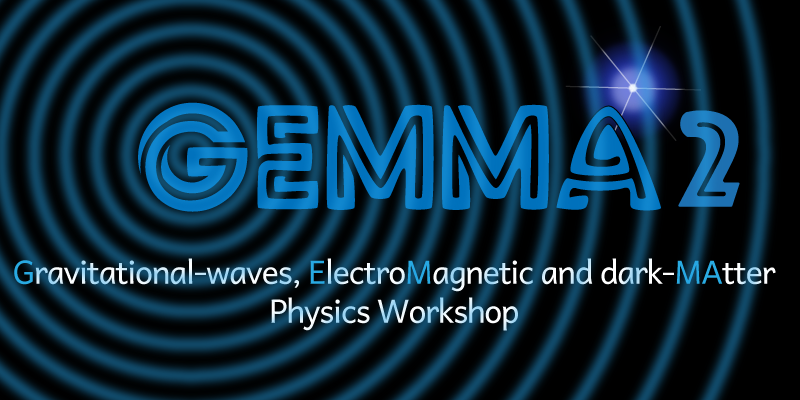Speaker
Description
Dark matter makes up a large portion of matter in the Universe and, thus, could be present inside compact objects such as neutron stars. Until today, little is known about its composition, fraction and particle mass. However, multi-messenger data, such as gravitational-wave as well as electromagnetic radiation, can in principle be used to study dark matter admixed neutron stars, which would pave a new way to constrain the properties of dark matter. In this study, we present a new feature of the nuclear physics multi-messenger framework "NMMA" to sample over the dark matter mass and fraction in addition to the usual sampling on the neutron star equation of state. We present our analysis of GW170817 under the assumption that dark matter is present as non-interacting Fermi gas as well as first results for synthetic data assuming the Einstein telescope as gravitational-wave detector.

